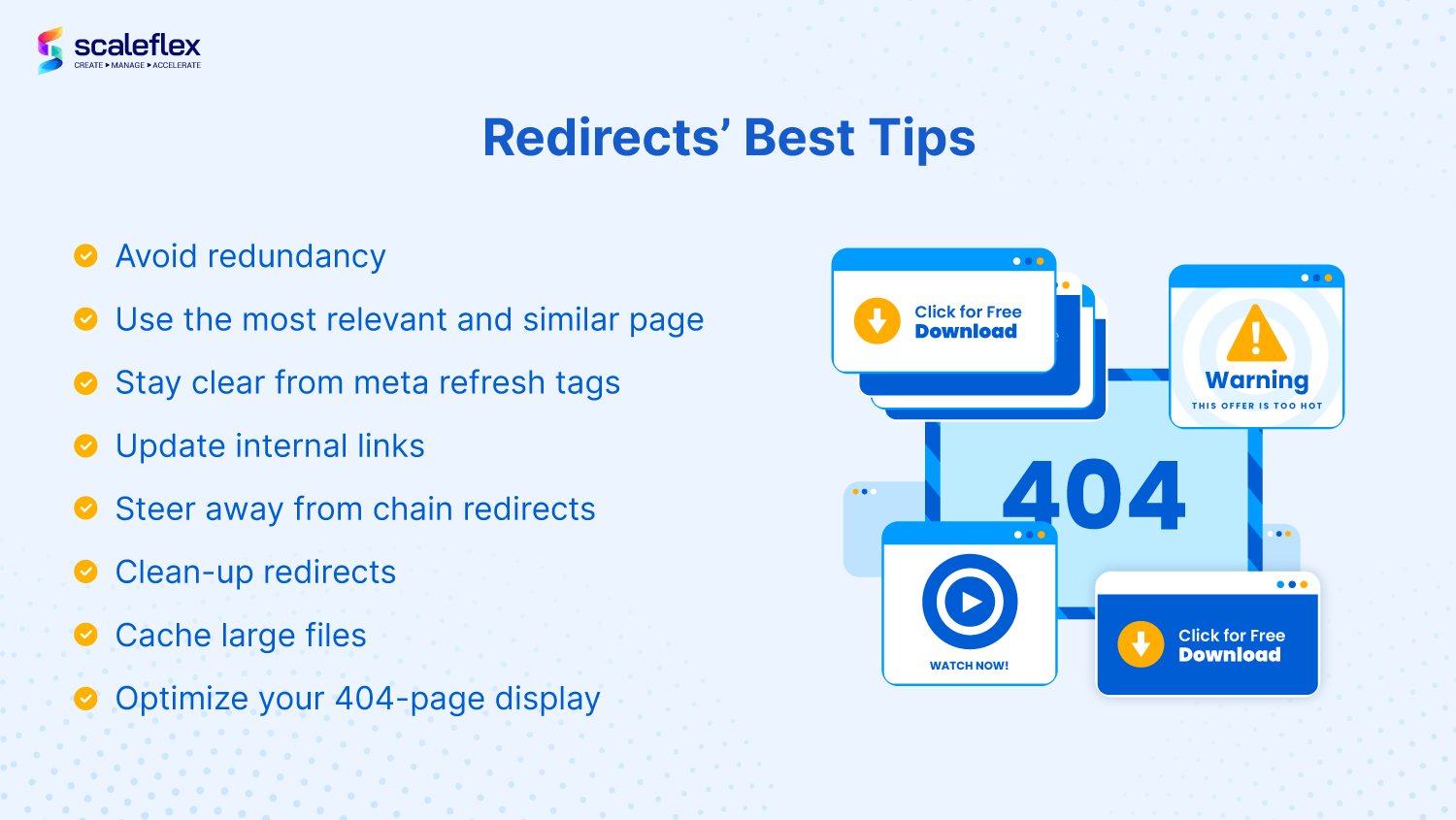Form Redirects: Best Practices for Successful Submissions
Understanding Where Your Form Data Goes
When setting up an HTML form, the action attribute of the <form> tag tells the browser where to send the submitted data. This is usually a PHP file that will handle processing the submission. However, there are reasons you may want the action to point back to the current page, such as redisplaying the form with errors. Form validation processing form redirect

Redirecting Conditionally
Multiple submit buttons allow conditional redirects based on user input. For example, a login form with buttons for “Sign Up” and “Login” could check which button was clicked. If “Login”, it would authenticate the user and redirect based on login status login form submit button conditionals. If “Sign Up”, it would send them to a signup page. This avoids duplicating form handling code.
Using Headers to Redirect
Once the PHP file receives the form data, you can use the header() function and the “Location” header to redirect the user. For a thank you page, you’d call header(‘Location: thank-you.php’). Form submission PHP redirect header location. You can also redirect conditionally, such as checking if required fields are filled out before allowing submission.
Redirecting for SEO Friendliness
Redirecting after form submission improves SEO by preventing duplicate content issues. If a user refreshes the form page, it won’t resubmit the data. Google sees each submission as a unique page view. Redirecting to relevant internal pages also passes link equity that could boost those pages’ rankings. Form submission redirect SEO duplicate content
Providing context with redirects
To give users context, include a friendly message when redirecting them. If providing additional steps, explain what’s needed on the new page. For purchases, users should know to enter billing details. Simply dropping them at a new page may confuse some. Form redirect messaging context additional steps purchases
Best Practices for all Redirect Scenarios
In summary, consider these tips when redirecting: point the form action to a processing page, use headers to redirect after handling the submission, redirect conditionally based on form values, add contextual messaging, and redirect internally for SEO benefits. Testing each redirect path ensures a seamless user experience. Form redirect best practices tips testing experience
JavaScript Redirects for Single Page Apps
If your frontend is a single page app that handles submissions through JavaScript, redirect by changing the window.location rather than relying on form actions. Use location.assign() to change pages without adding an entry to the browser history. For example:
// submit data via AJAX
$.post('/submit', formData);
// redirect
window.location.assign('/thank-you');
This ensures clean navigation within a client-side JavaScript app. JavaScript single page app form submit redirect location assign
When Simple Refreshing Will Do
In some cases, you may want to stick with the simplest solution - refreshing the current page on submit. For example, when validating a single field, it’s simpler to let the browser auto-refresh than redirect. Just ensure any necessary backend processing happens first. Form submit refresh validation processing
I hope these form redirection best practices help you properly navigate users through the submission flow! Let me know if any part needs more explanation.
